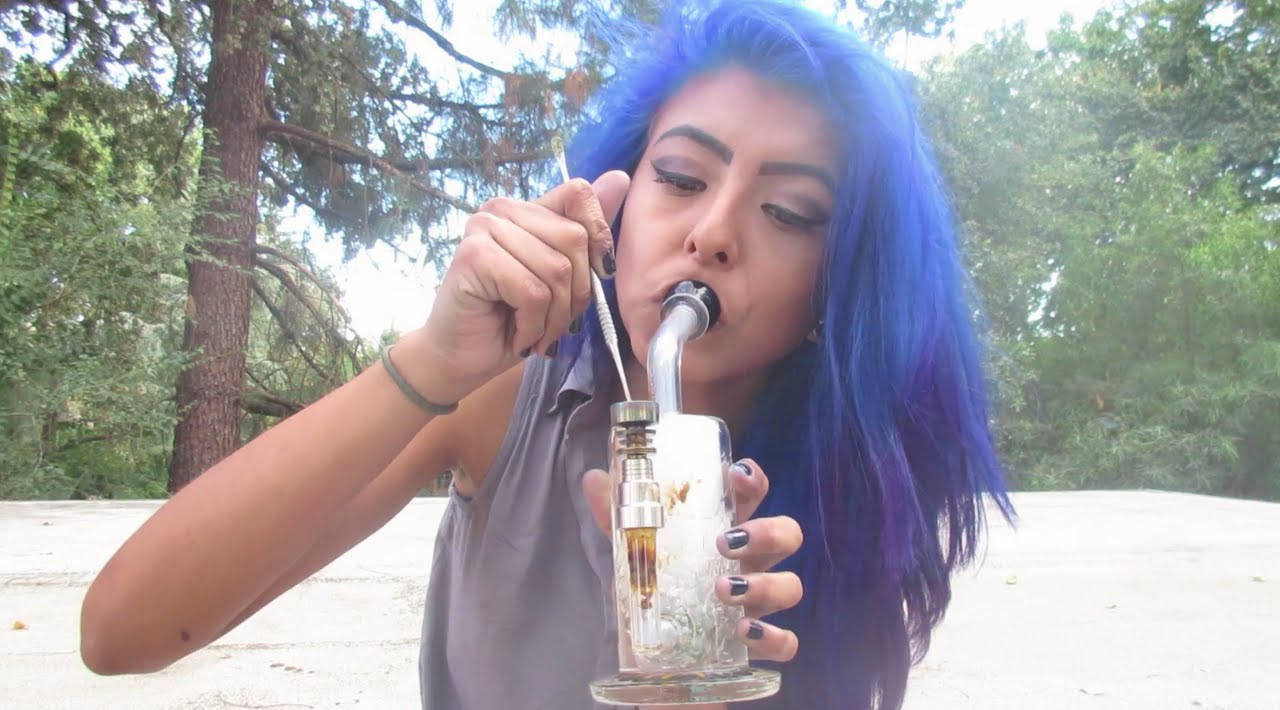Table Of Content

Iman Balagam is a beauty contributor at Cosmopolitan with nearly four years of experience writing beauty stories that range from curling irons to collagen for hair growth. She’s an authority in all categories, but is an expert when it comes to hair oiling, thanks to years of personally researching and testing different hair oils to grow her thick hair. While hair oiling is generally safe, there are some potential risks to keep in mind. First, “leaving hair oil on for too long can lead to occlusion of the follicles and can contribute to seborrheic dermatitis,” says Dr. Spann. So, if you sleep with it overnight, make sure to wash yours out after 8 to 10 hours with shampoo.
Essential Oils for Nourishment
If you experience excessive dryness or breakage, adjust your approach and consult a professional stylist for personalized guidance. This shampoo may detox your hair deeply by reducing any infectious microbes on the scalp. Looking for an easy routine to boost scalp and hair health in between detoxifying sessions? Enriched with the powers of Mirsalehi Honey and natural botanical oils from the Mirsalehi Bee Garden, this luxurious routine is designed to rebuild and repair the scalp and hair from root to tip. The frequency at which you need to do a scalp detox can vary depending on how much hair product you typically use, how oily your scalp is naturally, and how often you wash your hair.
The Cleansing Scalp Scrub Shampoo
All the above can clog pores, make your scalp itchy, cause irritation, scalp acne, and potentially reduce hair growth. Scalp detoxing is achieved through chemical exfoliation (AHAs or enzymes) and/or manual exfoliation via brushing, scrubbing, and physical exfoliators like salt. It’s easy to think that your standard hair care regimen is enough to give your strands the TLC that they need, but using hair styling products day after day can lead to some major buildup. Keep reading to learn everything you need to know about this buzzy beauty trend, including the wonders of hair detox shampoo.
How often to use scalp detox products.
How often should you wash your hair? Experts reveal the answer - NBC News
How often should you wash your hair? Experts reveal the answer.
Posted: Fri, 02 Feb 2024 08:00:00 GMT [source]
It is sometimes used with other ingredients like coal tar and zinc pyrithione to soften dry, scaly skin. The thing is, our scalps are a harboring ground for layers of dry shampoo and styling products, dirt, dead skin cells, and oil buildup. Not only does this feel uncomfortable, but it can actually impact hair health and quality. Scalp detoxing goes a step beyond a routine shampoo to give your scalp a fresh start.
It uses basil leaf and baobab oils to help break down oils and gunk on my scalp, as well as balance my scalp microbiome. Yes, the TRIPHASIC PROGRESSIVE is to treat progressive hair loss and TRIPHASIC REACTIONARY is for any stress-related or post-partum hair loss. Bolster limp locks with this strengthening, leave-in conditioner, fortified with biotin and rosemary mint.
These products are believed to hydrate and nourish hair, repair hair shafts, and promote scalp health. If DIY-ing isn't your jam, there are plenty of scalp products on the market to help loosen those dead skin cells and product buildup. Emmanuel says ginger essential oil and lemon oil can cause irritation to the skin.
Types of Scalp Detox Products

Hair detox involves cleansing your hair deeply with a readymade detox shampoo or natural remedies. This layer of gunk, if not removed, can keep your hair from receiving the benefits of an extensive hair care routine. A hair detox also makes your hair and scalp ready for other hair care treatments.
If your scalp is prone to flakiness, swap clarifying formulas out for the INVIGO Clean Scalp Anti-Dandruff Shampoo, which combats visible flakes while keeping your follicles ultra-fresh. Meanwhile, those with extra-oily roots will love the INVIGO Balance Revitalizing Shampoo, infused with cooling menthol to energize your scalp. Hormonal conditions aside, how often you’ll need to detox your hair depends on your unique oil production rate, lifestyle and styling preferences.

But not everyone will have free time to try out these home remedies. Therefore, check out the infographic below to learn the easiest and less time-consuming detox method for your hair. The remedies mentioned above can effectively clarify your hair without harm. However, follow up these treatments with proper conditioning and hydration to keep your hair healthy.
This also promotes blood flow, which can potentially foster hair growth. On that note, scalp detoxing is something you can DIY at home or have professionally done by salons who offer this treatment. But as with everything, you only see results if you’re using the right oils and doing it consistently. “I typically recommend it for both normal and dry scalp types and those who have damaged, dry hair that is prone to breakage,” says trichologist and hairstylist Helen Reavey, founder of haircare line Act + Acre.
In the case of a hair detox, we’re talking about the process of removing dirt, oil, and product buildup from your strands with a detox shampoo and conditioner, leaving you with a refreshed and revived mane. Scalp detox products also pay more attention to your scalp, where a lot of that buildup is likely to be focused. Now that you know the wonders of a hair and scalp detox, you’re probably wondering how often you should detox your hair. Typically, if you use styling products consistently or have oily hair, you may need a hair detox as frequently as once a week.
This may seem outlandish for some, but to others, seven days is a typical wash schedule. We may earn commission from links on this page, but we only recommend products we love. Our collaborative team of chemists, scientists, and dermatologists meticulously formulate products that produce visible effects. Our bespoke dermatologist-grade items are entirely vegan and formulated without sulfates, parabens, or silicones, with a strong focus on sustainability.
Harnessing the power of plants, our products boast antifungal, antibacterial, anti-inflammatory, and antimicrobial properties. According to Dr. Pierre, this is one of the very few supplements that has research backing up its claims. The formula contains saw palmetto to help address DHT (an androgen that’s derived from testosterone and can shrink the hair follicle), ashwagandha, and marine collagen peptides. Ingredients work in tandem to help slow shedding and help hair grow longer, faster, and stronger. Offering a 30-day supply for under $30, this pick from Keranique is a great wallet-friendly choice.
You only need to take two tablets daily, though bear in mind that it may take anywhere from three to six months to see results. According to the Cleveland Clinic, more than 50% of women experience hair loss. (Many Byrdie editors can relate.) But before you despair, there is good news—finding the right topical treatment for hair loss can be a total game-changer.
The hair detox is the latest craze to hit the hair industry, and it’s definitely here to stay. If you’re thinking of switching to a natural hair routine or your hair has gone through lots of chemical treatments, learning how to detox hair is a must! If you’ve got curly or natural hair, protective styling should be a staple in your healthy hair care routine. Protective styles preserve your natural hair while allowing you to change up with your look, adding length, colors and textures. Straight hair has the tendency to become oily, especially at the roots.
This shampoo uses a special blend of sulfate-free cleansers that are coconut- and apple-based, naturally removing excess buildup, including heavy metals caused by hard water on both the scalp and the hair. The plant-based oils in the shampoo are also infused with amaranth oil, which helps restore and rebalance the scalp from hard water damage. Since hard water can make the hair brittle, Act + Acre also created a moisturizing treatment mask to go hand in hand with the shampoo. The Restorative Hair Mask works hard to repair damage caused by hard water/metal buildup on the hair.

No comments:
Post a Comment